Why Man City didn’t sign a right back in transfer window as stance faces unhappy fan challenge
1. The Right-Back Void: How the Situation Unfolded
When Kyle Walker departed for Burnley in July 2025, Manchester City were left without a seasoned natural right-back. Instead, Pep Guardiola has leaned on makeshift options—Matheus Nunes, Rico Lewis, and occasionally Manuel Akanji or John Stones—to cover the role .
Yet this approach soon proved fragile: Nunes, thrust into defense, was flagged for poor defensive instinct—particularly concerning in the Champions League—while fans and pundits alike questioned the stability of having midfielders occupy such a vital defensive position .
—
2. Targeted Interests, But No Deal
City did pursue specialized right-backs:
Tino Livramento (Newcastle United) emerged as the top target, seen as technically adept and versatile. However, Newcastle was steadfast in retaining him amid their Champions League ambitions, effectively closing the door on that move .
Wesley, a Brazilian standout at Flamengo, was another option—valued for his technical finesse and compatibility with City’s inverted full-back model. Yet discussions failed to progress into an offer, and Wesley is expected to join Roma instead .
Daniel Muñoz (Crystal Palace) also garnered rave reviews for his Premier League reliability, and he openly expressed ambitions to move to elite clubs like Manchester City. But his contract extension with Palace potentially inflated his price tag and complicated a move .
—
3. Strategy and Squad Philosophy: Why They Held Back
Tactical Flexibility Over Fixed Roles
Manchester City have long favoured a flexible, inverted full-back system. Their ethos relies on multifunctional players, and they believe adaptability can offset the absence of a specialist .
Value-Based Recruitment
Under Hugo Viana and the club’s transfer framework, signings must align with precise valuations. The club refused to overpay—especially in a position they felt they could patch internally—so they opted out rather than stretching budgets on a right-back nobody could agree on .
Delay From January’s Lessons
Guardiola himself admitted in January that not making necessary signings earlier cost them. They sought to be more measured in strategy this summer, but that caution left this one gap unaddressed .
—
4. Fan Discontent Brews
The decision not to reinforce right-back did not go unnoticed by supporters:
Some fans accepted Matheus Nunes as a stand-in, citing his attitude and potential. One fan commented on X: “He has a very good attitude. Perfect Pep player. Patient and open to learn.” Another championed his improved pace and defensive awareness—though acknowledging setbacks too .
Others were sharply critical, lamenting a “lack of ambition.” One wrote:
> “Pep always had greatest right back… It’s definitely not him. We are disappointed by the BOARD in this transfer window.”
Their frustration centered on what they saw as neglect of a pivotal position .
Broader fan sentiment, reflected in The Guardian’s club-by-club previews, flagged right-back as a clear weakness in City’s squad heading into the new season .
—
5. The Final Days: Did They Ever Try?
According to Manchester Evening News, City ceased actively pursuing a right-back in the final days of the window. Livramento was off the market, and a pursuit of Wesley ended without fruition. With no viable options emerging, the club chose to stand pat and revisit the role in the January window if necessary .
—
6. Broader Context: Rebuilding Around Key Departures
This window represented more than just patching right-back. It was about reshaping a squad post-Kevin De Bruyne and forging a sustainable future. City’s recruits—Aït-Nouri, Reijnders, Cherki, and others—strengthened midfield, attack, and the left flank. Right-back was deprioritized amid that broader rebuild .
—
Summary: Key Takeaways
Reason Explanation
Target failure Pursued Livramento, Wesley, Muñoz—none materialized.
Strategic valuation Won’t overpay; rigidity in spending aligned with squad design.
Tactical philosophy Relies on positionally versatile players.
Fan reaction mixed Some hopeful, many frustrated with lack of a specialist.
Deadline fatigue Ceased pursuit before window ended; plan to revisit in January.
Wider squad rebuild focus Attention on other positions amid transition.
Final Thoughts
Manchester City’s failure to secure a right-back this summer stems from a mix of target unavailability, strategic restraint, and internal belief in tactical adaptability. Yet the absence of a reliable, natural right-back remains conspicuous—and fans vocalized their concerns. As the season unfolds, City may prioritize the position in January—and supporters will be watching closely to see if the hierarchy finally plugs what many see as a glaring gap.
—
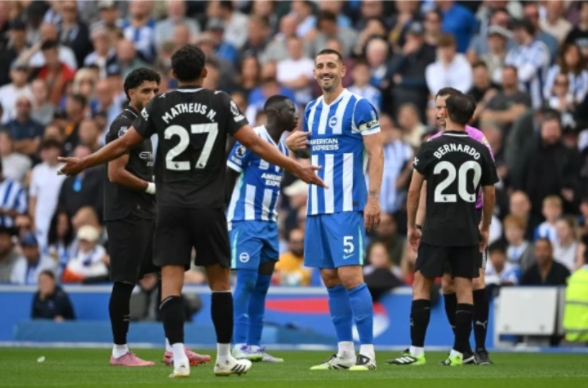
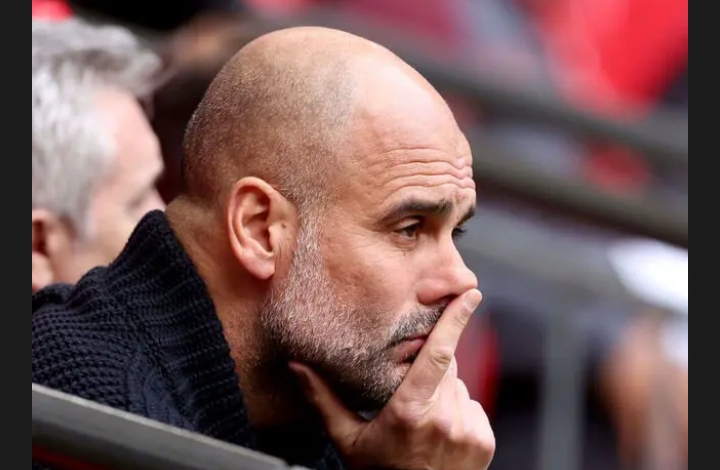
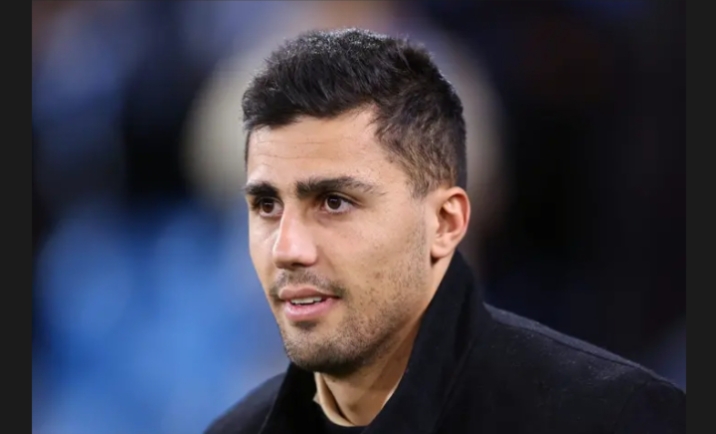
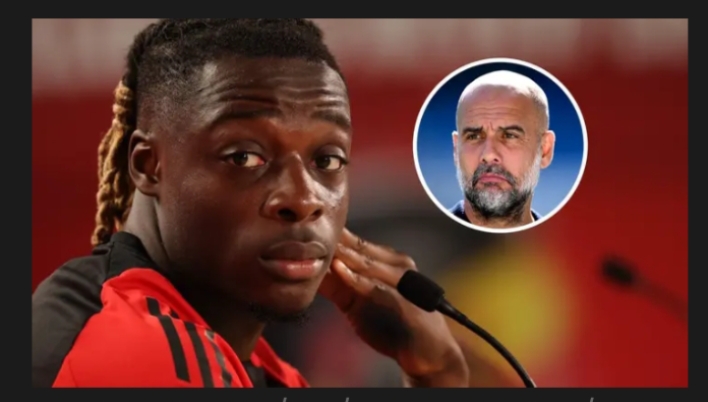
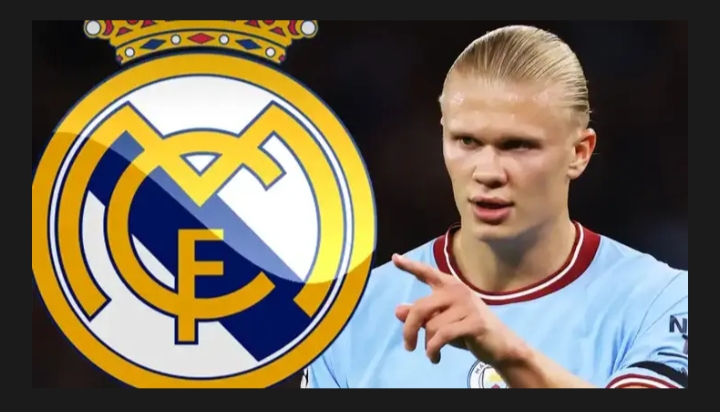
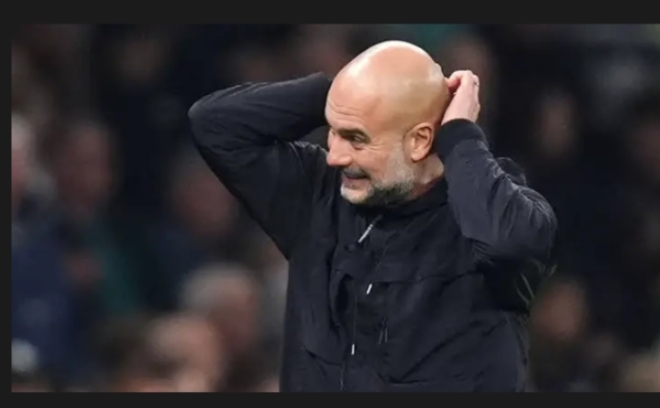
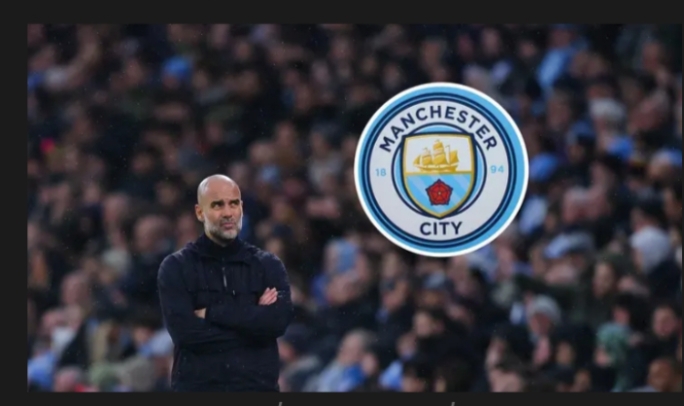
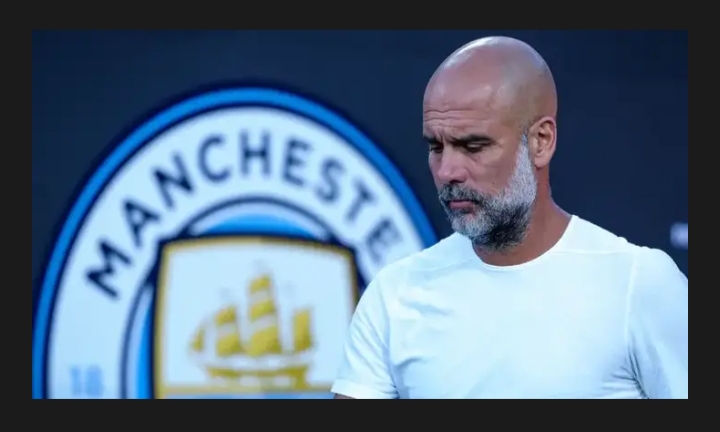
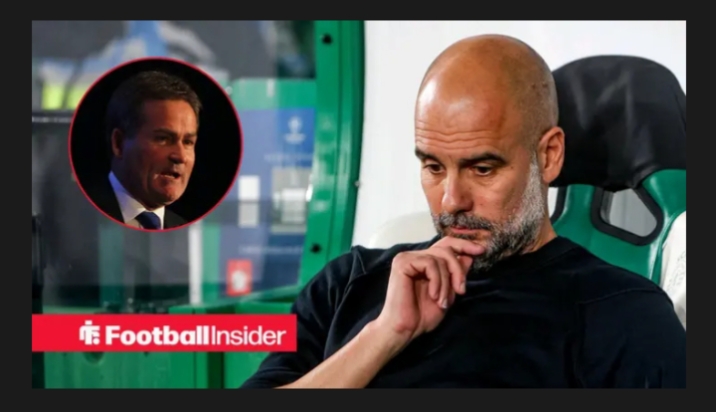
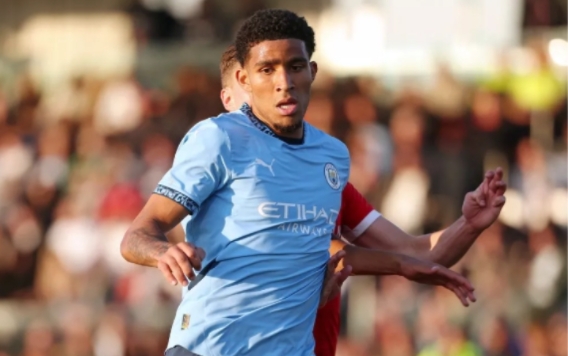
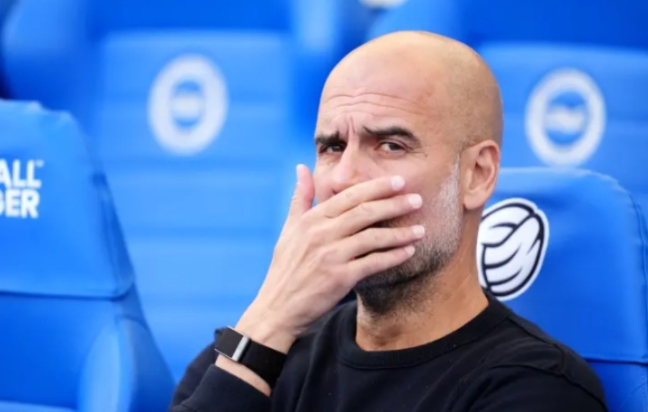

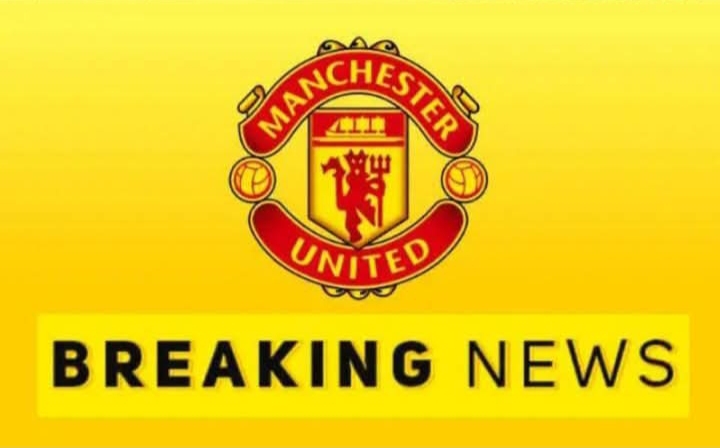
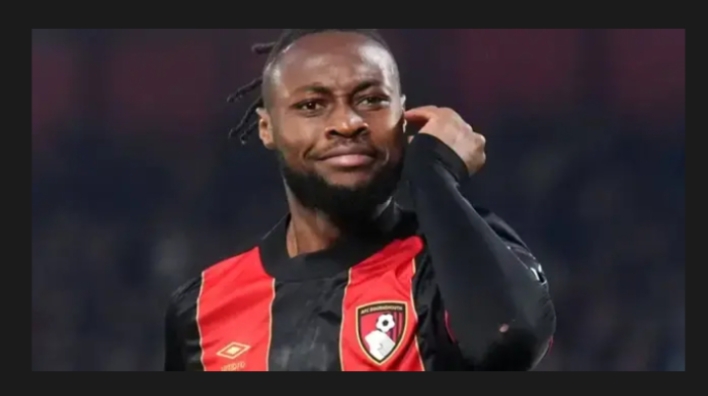
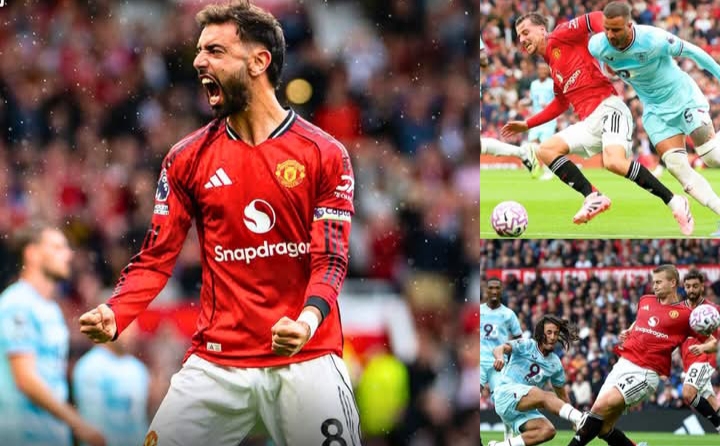
Leave a Reply